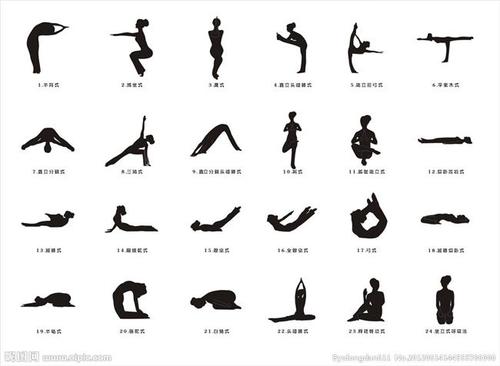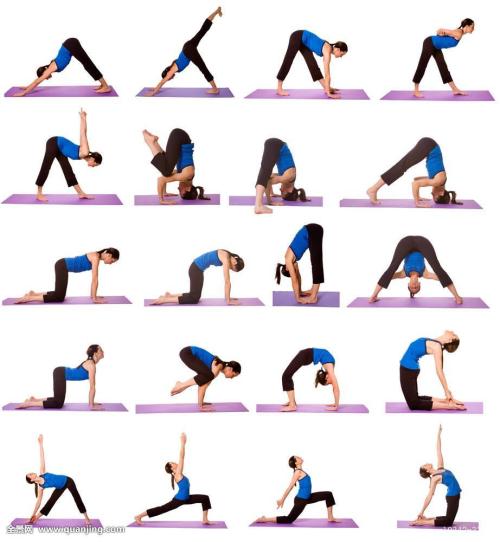Yoga must practice 8 movements every day: twelve basic movements of yoga for newcomers
Mar 18, 2022
Method: Kneel on the ground, touch the ground with both hands, shoulder-width apart, and look at the ground. The abdomen tightens when inhaling, like a yawn, and the ribs stay tense, like a cat. As you exhale, arch your back and raise your chest, like a cow. Repeat three to five times, pay attention to breathing
